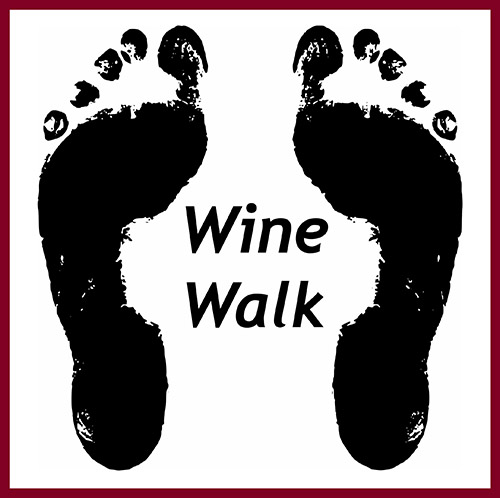Moderation in Wine
Wine has been around for centuries, tracing back to around 6,000 BC. Those early people found by accident that grapes can ferment into a nice beverage and also found it can easily turn bad in the air. That is why olive groves in the Old World were found around wineries. The natives found that floating a little olive oil on top of the wine would keep it from turning into vinegar. The wines in those days were around 4 to 5% in alcohol because the yeasts had not evolved into yeast capable of fermenting grapes to 14-15% alcohol, with several super yeasts going to 20%. Those “ancients” found that the wine with its alcohol could be a great source of unpolluted drink. Drinking these low-alcohol wines from centuries ago was a much safer way to get hydrated than drinking the water from creeks and rivers with its high levels of bacteria.
Let’s fast forward to today with our much larger volume of wine knowledge. Today’s higher alcohol wines present challenges since it is the alcohol impacts that hurt us vs. the positive impacts of the wine ingredients. It is a well-known fact in the wine world that most red wines contain an anti-oxidant called Resveratrol that does your body good. Reservatrol will go after the energy sources in most cancers. Certain red wines made from specific grape varietals like Pinot Noir and the ancient Mouvrad from Bulgaria contain high levels of Resveratrol. A glass of a good red wine is actually good for you. When excessive amounts of wine are taken, the alcohol negatively impacts your body. It dilates your blood vessels, causes headaches, and in some extreme cases end up with alcohol poisoning. It also de-hydrates you. Most Doctors and groups like the American Heart Association recommend one 8-ounce glass of wine for women and two 8-ounce glasses of wine for men. The reason I was given for this difference in recommended wine consumption is two-fold. Men are normally larger in size than women. Secondly, women have more fat and less water in their body cells then men. The American Heart Association has done research which shows that wine consumed with meals will also lowers the risk of Type II Diabetes. “A study including nearly 312,000 current drinkers suggests consuming moderate amounts of alcohol (no more than 14 grams per day for women and 28 grams per day for men), especially wine, with meals was associated with a lower risk of developing type 2 diabetes.” Wine consumed with a meal with others also provides a social linkage providing an indirect internal happiness. The bottom line is that wine in moderation is good for your body and soul.
If excessive consumption of wine occurs regularly, then bad things happen. Hangovers will occur, but drinking 3-4 ounces of water per ounce of wine consumed does help. Excessive alcohol consumption will destroy your liver. It could lead to alcoholism. If you consume more than a glass of wine per hour, your alcohol blood level could easily bring you into an alcohol level in your blood that can impair your ability to work and even drive a car or truck. Worse yet, if you are found to be driving with the alcohol level in your bloodstream above that in the law, you will end up arrested, in jail, and large legal fees in the thousands of dollars. I hope that you enjoy your wine, but please enjoy in moderation using the prescribed standards mentioned earlier in your drinking habits.
June 16, 2023









